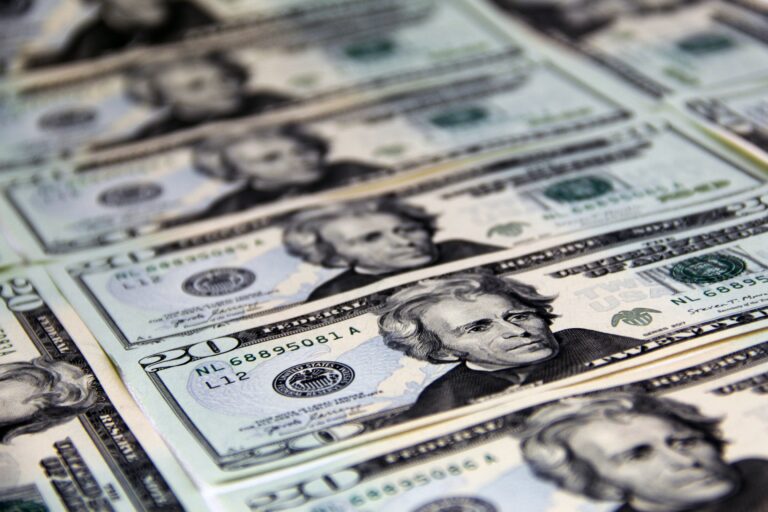
Morning Brief – Fragile
Entering market open yesterday many investors and analysts had commented on the fragility that they foresaw for yesterday’s trading session. The catalyst for the unnerved markets was the recently released US inflation data which was still not identifying a peak in price inflation that many had expected to emerge by now. As the data was continuing to fail to show inflation coming under control the market was increasingly discussing how central banks too might have to opt for a similarly extraordinary approach to deal with extraordinary conditions.
It is the rate hike fears therefore that drove yesterday’s market sell-off and flight to safety. Those fears are particularly pronounced in the US where market pricing of interest rate expectations in the short-dated end of the curve are priced at levels that the consumers and businesses alike might find hard to swallow. Whilst this debate continues heading into some key interest rate decisions this week and next, expect the price action and fear-induced selling to continue.
The Bank of England meets on Thursday to publish its latest decision. The Bank will now meet in the knowledge that the UK economy contracted last month as higher prices eroded consumers’ spending power and confidence. Currently the UK has a terminal interest rate priced at 3.5% next year. Interest rates are traded over a variety of dates and this allows us to interpret the curve of those interest rates in order to gauge expectations for UK rates over the coming years and months. The terminal rate is that point in the curve where the interest rate flattens out over time and the market has stopped pricing in tighter rates.
You can therefore interpret the terminal rate as the new normal rate for the future and the level at which we should expect rates to remain for some time. From the post 2008 financial crisis norm, this seems incredibly high and a level which I do not feel can endure for a number of years given the complexion of the modern UK economy. However, central bankers and traders alike should be reminded of a Goodhart’s law: when a measure becomes a target, it ceases to be a good measure of anything. So long as markets have the 3.5% terminal interest rate or a 10% inflation rate as a target, it is no longer a good measure of the macro economy. Whilst there may be angst when the Federal Reserve and BoE don’t meet market expectations tomorrow and Thursday respectively, there may be market turmoil in the short run. However, central bankers would do well to not treat the measure as a target and move too soon.
Discussion and Analysis by Charles Porter

Click Here to Subscribe to the SGM-FX Newsletter
Related Insights

Daily Brief – Weak foundations
Weak foundations After a rally of around 15% year to date, there is significant cognitive and technical room for consolidation within EURUSD. Implied volatility has been rising given the macroeconomic backdrop that markets have encountered this year. Even within such an environment, a 15% rally in the market’s most traded instrument is still enormous. But […]

Daily Brief – Weren’t Tariffs USD Negative?
Weren’t Tariffs USD Negative? The Dollar proved sensitive to headlines regarding trade during the US overnight session. However, contrary to what many commentaries would have you believe, as the risk of tariffs escalated the Dollar rose. The 90-day pause following Trump’s April ‘liberation day’ tariffs had been set to expire this coming Wednesday. To the […]

Daily Brief – Dollar Reserves
Dollar Reserves With the passing of Trump’s original deadline for the reimposition of liberation day tariffs yesterday, markets have breathed a sigh of relief. July VIX futures continued to slide lower. Moreover, what may surprise anyone who had been expecting the issue of tariffs to resurface following the passing of Trump’s new deadline, so too […]



 Charles Porter
Charles Porter